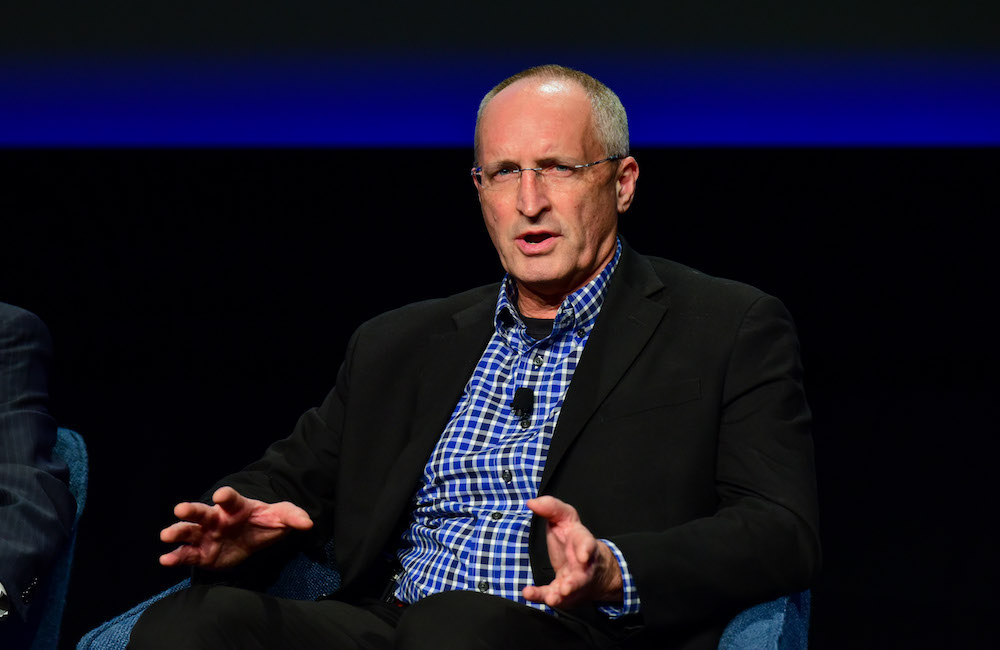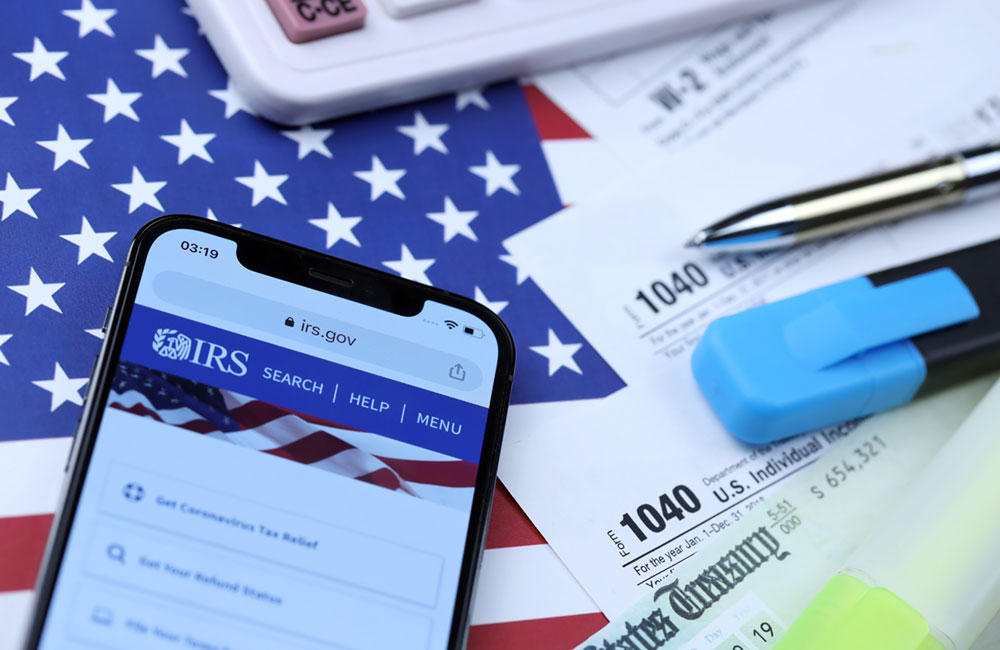CDC’s 2-Year Data Plan Eyes End-of-Year Milestones
The agency’s new data and technology office’s director is harnessing challenges for new opportunities in public health.

The Centers for Disease Control and Prevention (CDC) is nearing the end of the first of a two-year plan that addresses gaps in public health data and improve public health decision-making.
“There’s such a great opportunity in public health — a need to advance the way that we exchange data,” said Dr. Jennifer Layden, director of the new Office of Public Health Data, Surveillance, and Technology (OPHDST) charged with executing the plan, at last week’s Health IT Summit.
The plan, called CDC Moving Forward, comes with a set of milestones through 2024 that is taking on various pieces within an overall transformation for the way data is captured and shared across the public health ecosystem. The impetus came during the COVID-19 pandemic when the health ecosystem wasn’t equipped to provide the immediate and accurate data for a public health crisis.
“I saw it, working on the clinical side, and the challenges of reporting to public health. I felt it at the state and city level when we were relying on data and really often had boxes or faxes of content that we had to dig to get to, to really inform some of the critical action,” Layden said.
Some of the plan’s goals outline steps to increase interoperability and create systems that are no longer siloed and improve communication.
“We are at a transformative moment to bring together the technology, the leadership, the resources to actually make the capabilities we need to keep Americans safe going forward,” said Dylan George, director of operations for the CDC’s Center for Forecasting and Outbreak Analytics, at a panel during the HIMSS conference in April. “We are in this transformational moment to build the better data, the better analytics for that better response.”
Previously, the agency relied on multiple systems to coordinate data strategies, but now the office will lead a coordinated strategic public health data strategy in a a co-leadership model.
“Bringing in folks from private health IT expertise to have public health experts and technology data science experts help to lead the critical work that we need to undertake in public health,” Layden said.
Amid these efforts come with challenges. Layden said one is alignment across not only CDC, but also with its jurisdiction partners.
“Much of the information and control, and really authority, lies within state and local health jurisdictions. We like to yell at the CDC a lot … but the reality is, they can only give us back information that they’re able to get in,” said Dr. Anne Zink, chief medical officer at the Alaska Department of Health at a panel during HIMSS in April. “It’s going to take all of us to solve this problem.”
So far, Layden said the agency has seen great progress with one of its milestones around automated electronic case reporting (eCR). By the end of 2023, the agency is targeting 32 jurisdictions to ingest eCR data into disease surveillance systems.
“Before COVID we had less than 200 health care facilities that could send these electronic case reports. We now have over 28,000 facilities, and we’re fortunate that partners, for example at CMS, are helping to incentivize that reporting,” Layden said. “It’s setting out these very concrete milestones.”
This is a carousel with manually rotating slides. Use Next and Previous buttons to navigate or jump to a slide with the slide dots
-

Cyber Strategy 2.0 Stresses Critical Infrastructure Protections
A year after its release, the second cybersecurity strategy and implementation plan focus on new initiatives for critical infrastructure.
5m read -

DHS, DOD Officials: AI is a Teammate, Not a Tool
AI can work alongside government by providing better information to humans for them to make real-time decisions.
5m read -

IRS Tax Filing Pilot Part of Digital-First Customer Experience Plan
Many taxpayers increasingly expect flexible, easy and self-directed digital interactions, agency leaders said.
5m read -

Federal Agencies Make the Case for Quantum
Amid development of emerging technologies like AI and machine learning, leaders see promise in quantum computing.
6m read




